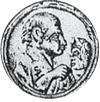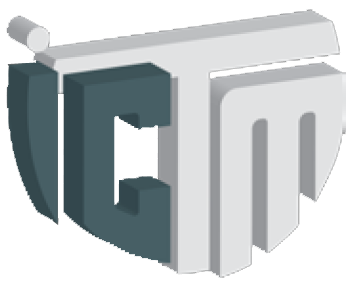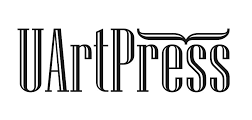Creative Collaboration
The Working Process in Devised Theatre
Keywords:
theatre, devisedAbstract
Devised performances permit informality and, - unrestricted, absolute freedom of experiencing the subsistence of improvisation equally for the director, actor and participant. In our (Transylvanian) theatrical world, the director usually dominates the whole creative process. His/Her working methods based on improvisation, acting techniques, situations, ideas offer vast opportunities to express something through a collaborative process or a play. In the case of a devised performance or a devised working process, the director is placed on an imaginary line in collaboration with his/her team or company. He/She can appear either as a director, text writer, stage designer, sound and lightning supervisor, or all of them at the same time. Can devised theatre and its specific working processes truly, totally weaken this kind of “leadership”, or is it a subtle camouflage, trying to express something through a “collaborative process”? This study presents how devised theatre is practicable through a non - prescribed formula.
References
CURL, Rebecca 2014. Devised Theatre Brings Collaboration to the Stage. New Yorker Magazine, 12.18.2014. [Access date 8 Sept. 2017]. Retrieved from http://newworker.co/mag/devised-theatre-collaboration-at-work-in-art/.
FIELD, Andy, 2009. All Theatre is Devised and Text-Based. The Guardian, 04. 21 2009. [Access date 4 Sept. 2017]. Retrieved from https://www. theguardian.com/stage/theatreblog/2009/apr/21/theatre-devised-text-based.
ODDEY, Alison, 1994. Devising Theatre-A Practical and Theoretical Handbook. Lon-don: Routledge Taylor and Francis Group.
POPOVICI, Iulia, 2015. The End of Directing, The Beginning of Theatre-Making and Devising in European Theatre. Cluj Napoca: Tact.
Downloads
Published
How to Cite
Issue
Section
License

This work is licensed under a Creative Commons Attribution 4.0 International License.
CC-BY permits any use, reproduction, distribution, self-archiving and citation of the work as long as the authors are credited. The complete bibliographical data of Symbolon Journal must also be indicated, which you can find in the How to cite section on this page. If possible, please also place a link leading to the original publication.
Copyright of the paper belongs to the author(s).




